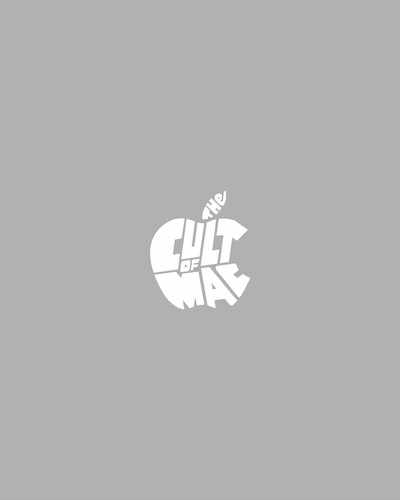
Mobile Filmmaking
Out of the many iPhone filmmakers, writer and director
Conrad Mess may be one of the best known. In 2011, he
made a short film called The Fixer using an iPhone 4s. It
remains one of the most awarded mobile films to date, not
only winning at mobile film festivals, from Los Angeles to
Singapore, but also beating out films made with conven-
tional equipment.
“I think smartphone filmmaking is going to bring more
people to movie making,” said Mess, who has made five
films on the iPhone. “The change has already happened.
Everyone is shooting video on the streets, on vacation, and
at events. I go to master classes and conferences to show
people what can be done with a smartphone if you are
obsessive enough.”
There is plenty of anecdotal evidence that interest
in mobile filmmaking is growing. Mobile film festivals have
sprung up across the globe, with attendance growing each
year. An accessories market specifically for iPhone filmmaking
has also emerged. Moondog Labs, which makes an anamor-
phic lens attachment for the iPhone, saw a quick uptick in
demand after a swirl of publicity around the movie Tangerine,
which was shot using the iPhone 5s.
The video-sharing site Vimeo features an iPhone
channel hosting more than 500 films. Go to YouTube and
search “iPhone film,” and you’ll find thousands of films
made on a device designed to fit in a pocket.
Video artists were experimenting with the lo-fi quality
of cell phone cameras several years before there was even
an iPhone. Since the device’s advent, mobile filmmaking has
grown in sophistication with each iPhone generation as well as
with the increasing number of apps that enhance video quality.
Low equipment costs, apps that make editing easy,
and hardware accessories are like fuel for the creative fire of
artists like Mess. Cinematic cameras and lenses cost a small
fortune. Learning how to edit film using that equipment can
be expensive, too. But with mobile filmmaking, the equipment
budget is mostly the cost of an iPhone. For a few hundred
bucks, you could add a quality microphone to improve audio,
as well as lens attachments, like those produced by Moondog
Labs, to give the video a wide, cinematic frame.
However, even if you believe that more expensive
equipment results in better films, it’s good writing, acting,
and storytelling that ultimately carry a movie.
This was evident in Sean Baker’s movie Tangerine, a
visually stunning and richly written tale about two trans-
gender sex workers in Hollywood. The Hollywood Reporter
called the film “crisp and vigorously cinematic.” It was a
breakout hit at the Sundance Film Festival in January 2015.
The applause was loud. But so were the gasps when the
credits rolled and the audience realized the film was shot on
the iPhone 5s.
To make Tangerine, his fifth feature film, Baker used
two iPhone 5s’s, one 32GB and one 64GB. He used camera
stabilizer mounts because the lightweight iPhones could
pick up even the slightest shake. Most of the film was shot
on the go, including scenes shot from the back of a moving
motor scooter. A third camera was purchased but never
used because it produced grainier video than the other two,
Baker said.
The app he used, Filmic Pro, allowed for a high-quality
compression rate and shooting at 24 frames per second.
Even with all the scenes shot by Baker and his cinematogra-
pher, Radium Cheung, shooting was interrupted only once
because of full memory on the phone.
But the component Baker said made it possible for
him to achieve the look he wanted was a $160 anamorphic
adapter lens for the iPhone made by Moondog Labs based in
Rochester, New York.
Anamorphic lenses allow filmmakers to achieve a wide-
screen look on 35 mm film. The lenses can cost thousands of
dollars for motion picture cameras, though the cost barrier
was significantly lowered for filmmakers when more afford-
able lenses were made for DSLR cameras that shoot video.
Moondog Labs was in the middle of a Kickstarter cam-
paign when Baker inquired about its adapter lens for the
iPhone. “It was the reason I could move forward,” said Baker,
who did tests with the lens to determine what aesthetic he
could achieve before beginning the month-long shoot for
Tangerine. “Without it, I could not get that cinematic look. It’s
a wonderful tool.”
152
153
..................Content has been hidden....................
You can't read the all page of ebook, please click here login for view all page.
